
Recognizing Plant Physiology first authors: Hui-Yang Xu
Hui-Yang Xu, first author of The MAPK kinase kinase GmMEKK1 regulates cell death and defense responses
Current Position: Education Counselor, Zhejiang Post and Telecommunication College, Shaoxing, China.
Education: MS in Plant Genetics from Zhejiang Normal University, Jinhua, China
Non-scientific…
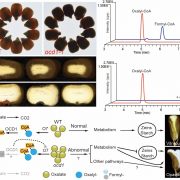
Studies have found that key enzymes of plant oxalate metabolism affect corn nutrition quality
(From a press release written in Chinese - original here)
On September 10th , The Plant Cell published a research paper entitled Maize Oxalyl-CoA Decarboxylase1 Degrades Oxalate and Affects the Seed Metabolome and Nutritional Quality by the Wu Yongrui Research Group of the Institute of Plant and Plant…

Recognzing Plant Cell first authors: Qian Zhang
Qian Zhang, first author of Blue light regulates secondary cell wall thickening via MYC2/MYC4 activation of the NST1-directed transcriptional network in Arabidopsis
Current Position: PhD candidate. National Key Laboratory of Plant Molecular Genetics & CAS Center for Excellence in Molecular Plant Sciences,…

Recognizing Plant Physiology first authors: Priya Voothuluru
Priya Voothuluru, first author of An in vivo imaging assay detects spatial variability in glucose release from plant roots
Current Position: Research Associate, Department of Ecology and Evolutionary Biology, University of Tennessee
Education: Ph.D. University of Missouri 2012
Non-scientific interests:…
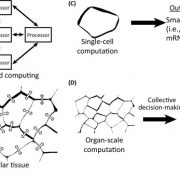
Opinion: Information processing and distributed computation in plant organs ($) (Trends Plant Sci)
The great strides we’ve made in understanding how plants perceive their environment, from light to pathogens to nutrients, haven't been matched with an understanding of what they do with all that information; how do so many inputs get integrated into a single or few responses? And how does the information…
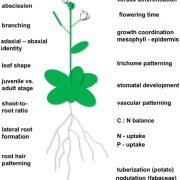
Special Issue: Long-distance signaling ($) (Plant Cell Physiol)
Of course plants need to communicate between their different parts, and our understanding of these crucial signals has been advancing rapidly. This issue of Plant Cell Physiology includes a set of papers highlighting recent findings. A meeting report by Kiba on the Integrative Graduate Education and…
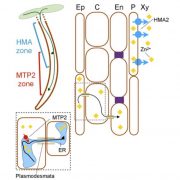
Systemic upregulation of Zn partitioning to the shoot supplements local Zn-deficiency responses (Plant Cell)
Zinc is an important micronutrient for plants and people. To better understand Zn uptake and homeostasis, Sinclair et al. used a transcriptomic approach to identify genes abnormally expressed in zinc-transporter mutants (hma2 hma4). In these mutants, Zn accumulates in roots but isn’t effectively transported…
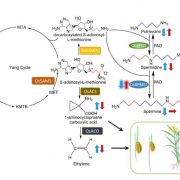
The spermine synthase OsSPMS1 regulates seed germination, grain size, and yield (Plant Physiol)
Polyamines including spermine and spermidine are present in all eukaryotes and have diverse roles. In plants they have been implicated in responses ranging from abiotic and biotic stresses to grain filling. Tao et al. examined the function of OsPMS1, encoding a spermine synthase, through genetic methods…
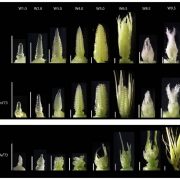
FLOWERING LOCUS T3 controls spikelet initiation but not floral development (Plant Physiol)
FT encodes a mobile protein that carries a flower-promoting signal to the shoot apical meristem. In most plants, the FT gene has duplicated and diversified. Mulki et al. investigated the function of FT3 (HvFT3) in barley. Prior work showed that overexpression of HvFT1 accellerated the initiation and…

